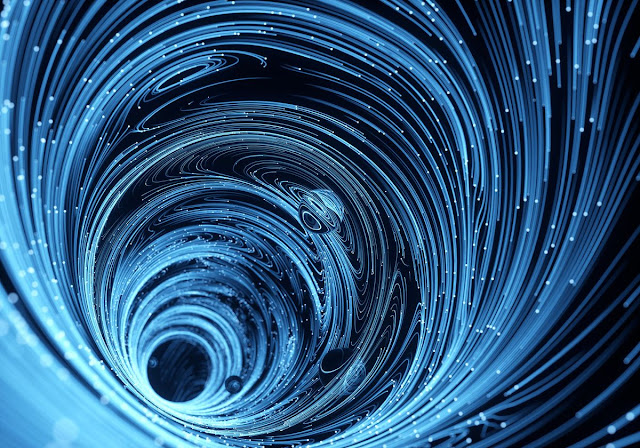Scientists believe there could be an “anti-universe” somewhere out there that looks like the mirror image of our own universe, reciprocating almost everything we do. If this theory holds true, it could explain the presence of dark matter.
First, some background: the “Big Bang” is a collective term that includes a variety of theories studied by cosmologists, the scientists who try to rewind the clock as close to the very beginning of the universe as possible. Most agree that matter exploded forth, but there are different opinions on, for example, whether the temperature was extremely hot or absolute-zero cold at that initial moment.
There are also disagreements about what may have happened prior to the bang itself. Could it be that what we call the Big Bang was the inflection point of an even bigger bounce in progress? Think of the point when you bounce on the trampoline and your feet almost touch the ground beneath—then imagine only seeing the subsequent bounce upward; it’s meaningless without the first, downward half of the bounce!
Dark matter is, if such a thing exists, maybe even more perplexing to scientists than the Big Bang. That’s because dark matter is a key piece that helps to complete an unclear puzzle— the question of what forms the universe around us today, not billions of years ago. Dark matter forms the bulk of the matter in the universe, but we’ve never been able to see it anywhere.
How is dark matter hidden in plain sight, and what are its qualities? These are huge mysteries upon which a ton of other ideas must rest. For the time being, one way to describe dark matter is very literal: by “dark,” we mean that it is not luminous, which is the technical term for matter that doesn’t reflect or emit any photons in a way we can identify. But we can measure the physical (not visual) effects of dark matter in things like gravitational waves.
Now we arrive back at the theory. Could it be that an “anti-universe” might run parallel to our own universe, but backward in time? If so, it would essentially spread out “backward” in time, prior to the Big Bang, in the same way our universe progressed “forward” in time. In a paper published in 2018 in the journal Annals of Physics, researchers from the Perimeter Institute for Theoretical Physics in Ontario, Canada, suggest that the Big Bang might have been smaller and more symmetrical than we think.
“Among other things, we shall describe in detail a remarkable consequence of this hypothesis, namely a highly economical new explanation for the cosmological dark matter,” the researchers write.
One cool thing about this model of the Big Bang is that it removes the need for what scientists call “inflation,” a period of time in which the universe massively expanded in order to account for its size soon after birth. Instead, the matter could have naturally expanded over time in a less forceful way, which could simplify our explanation for what happened.
And in order for these two before-and-after universes to be truly symmetrical, we would need to add a particle to our existing understanding of the universe around us. Today, we know about neutrinos, extra-tiny mysterious particles involved in gravity and weak interaction only. If our universe is mirrored by a similar universe running backward in time from the Big Bang, then what we call dark matter could actually be a version of a neutrino that is “right-handed,” a term that refers to the direction of motion in the neutrino. It would be the natural opposite of the left-handed neutrinos in the other universe.
If this sounds like wild and heady stuff, you’re absolutely right. But iteration using this kind of new theory is a critical part of cosmology, because scientists must have existing, published theories in order to study them and decide what their next theoretical step is. It’s so much easier to do that by responding publicly using your own observations and measurements, and that leaves a beautiful trail of ideas over time as we refine our understanding and develop more sophisticated ways to observe the universe.














No comments